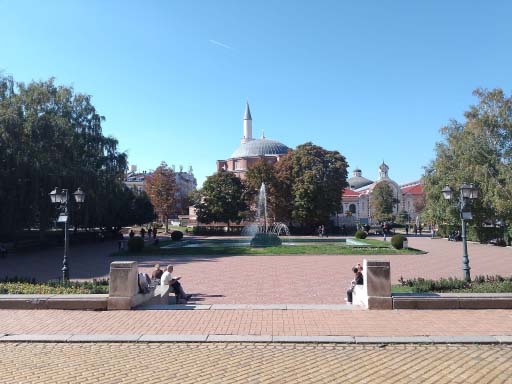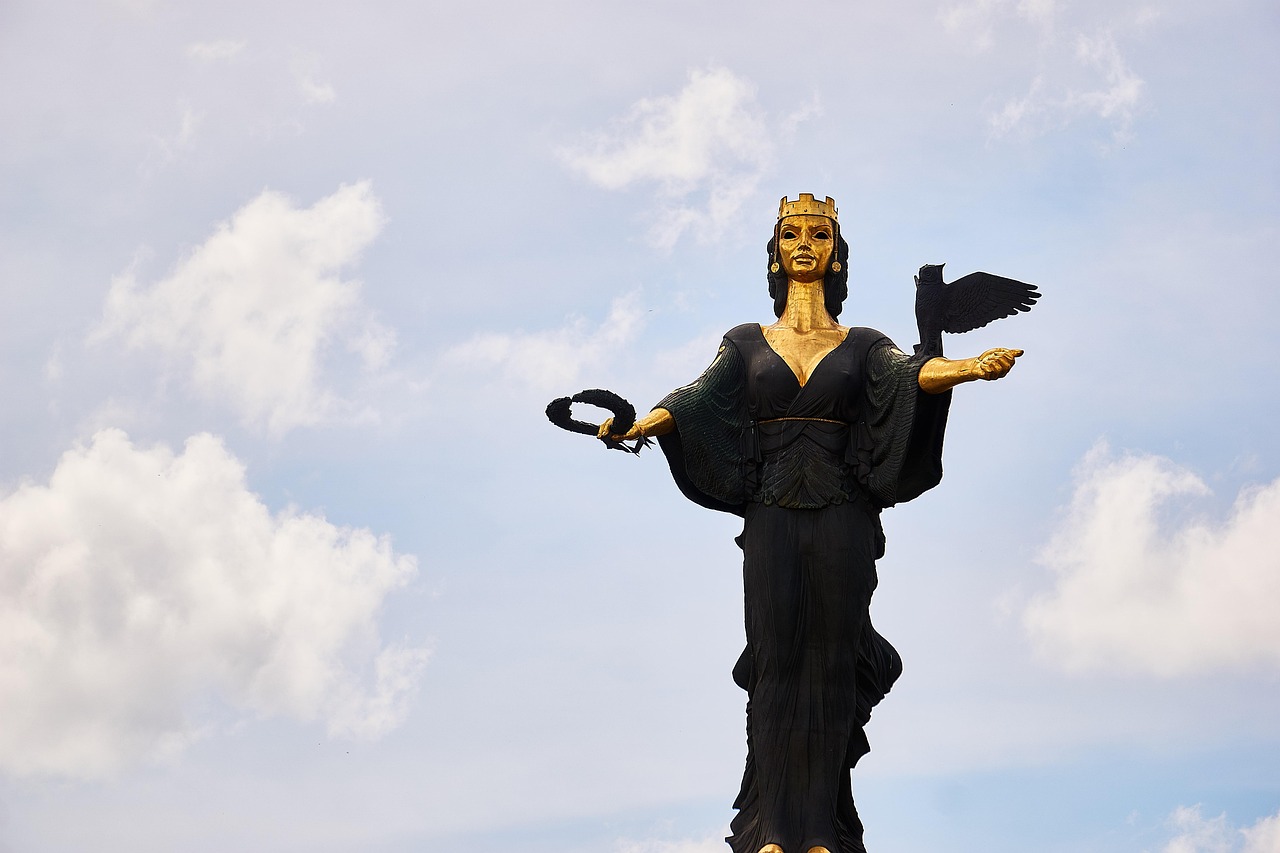The three things I liked the most about Sofia
- Discovering everyday life in communist era
Politics is something that has always fascinated me, and, specifically, the way power shapes our life and vision of the world, most of the time in an underhand manner.
In Sofia, I had the opportunity to visit a house called “The Red Flat” in which the history of a Bulgarian family, living under the Communist rule in the ‘80s, had been reconstructed. I learnt that the Communist party affected people’s life from a very early age: indeed, by the age of 14, children would have already been enrolled in the Komsomol, the youth division of the Communist Party of the Soviet Union. Furthermore, the State controlled the tourist inflow and established the Balkantourist: the first turist state company that incentivized mass tourism mainly from Czechoslovakia while restricting flow from western countries. Along with that, pressure from the Party made men opt for getting a job in the so called “Third World Countries”, a strategy directed to guarantee Soviet influence over non-aligned countries.
Of course, art didn’t escape from the party’s control: during the fifth Congress of the Socialist Party, the literary genre called Socialist Realism was defined as the “only correct medium of artistic expression”.
- A glimpse into the huge historical and cultural heritage.
Located in a charming Neo-Byzantine building, the Regional History Museum is a real dive into history. During a trip, a bit of history is something that cannot be overlooked if you want to understand the current dynamics of a country or place.The museum’s exhibits start with the prehistoric periods of the Sofia region and then travels towards Medieval and Ottoman Era, Bulgarian Revival and Independence and then concludes with 20th Century and Socialist Era. After the visit, it becomes evident how Bulgarian history was shaped by “western” Europe and Middle Eastern influences that resulted in a mixture of cultures still vivid nowadays and that mark its uniqueness. Personally speaking, I found the section about ancient costumes among the most interesting ones and I was captivated by the so-called Bulgarian style (‘20s-’40s), characterised by the use of ornaments of traditional applied arts. Furthermore, what makes the Museum even more special is the view you can get from the windows that overlook the dominating Banya Bashi mosque.

- Street art
The previous points touched on “top down” politics and a kind of History that often narrates only about people in power and forgets about the common people. However, I think that if you really want to get to know an authentic part of the cities, then you should definitely have a look at graffiti and street art as this is the spontaneous expression of “common” people. The work I liked the most is called St. George, created by a street artist called BOZKO. St. George is commonly depicted as a Saint defeating the devil, but in this case, it seems the other way around as Satan towers over him. In order to understand the meaning of this piece, we have to trace it back to its year of creation: 2020, the year of pandemic. Indeed, it is a representation of how humanity felt fragile, hopeless and in the throes of despair. Searching for the many street art works dispersed in the city is an original way to explore Sofia by traversing the less known streets.

To conclude with, I strongly believe that Sofia is definitely a city not to be missed out. Its historical, political, cultural and artistic heritage, combined with hipster vibes you can breathe is what makes it so special and an unaccountably off the beaten track destination (so far).
Ylenia Majo

